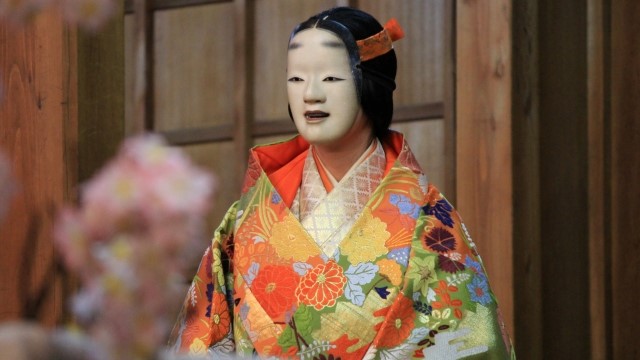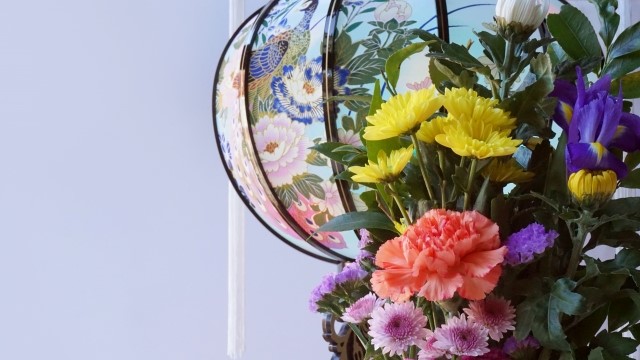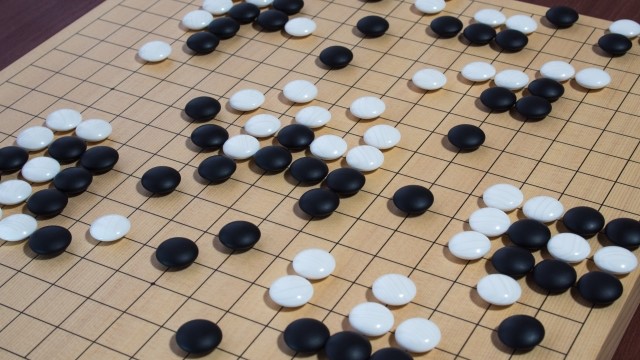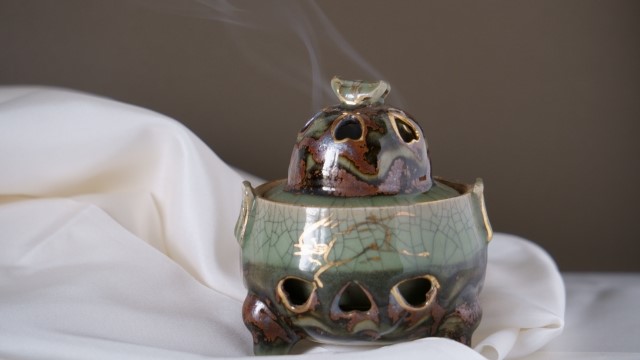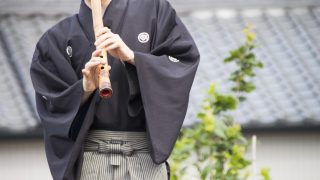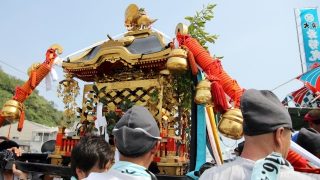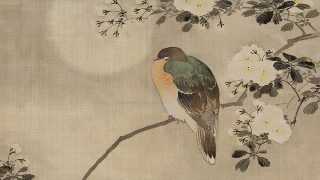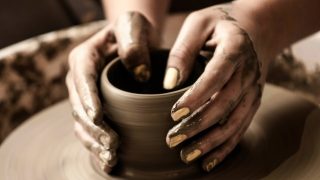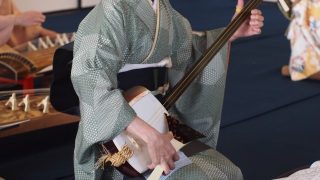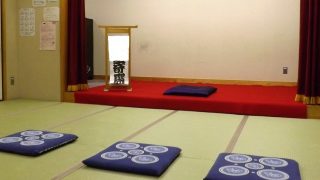About Noh (能)
Noh is a traditional Japanese art that is played on a stage.
Noh is a song and dance drama in which mythological and historical stories are performed wearing a Noh mask. To put it plainly, it’s like a musical or an opera.
Noh depicts the world of the profound with a fantastic story, accompanied by a vocal musician called Jiutai and an instrumental musician called Hayashi.
About Nohgaku (能楽)
Nohgaku is a traditional Japanese art form that consists of Noh and Kyogen.
Noh and Kyogen are two “different” types of theater, and Nohgaku is a play that alternates between Noh and Kyogen.
Nohgaku has more than 600 years of history, is highly regarded abroad, and was registered as a UNESCO World Intangible Heritage Site in 2001.
The beginning of Noh
Noh is said to have been exceptionally accomplished in the Muromachi period (1333-1573) by the family of Kanami, 観阿弥, and Zeami, 世阿弥. It is said that the Noh songs performed on stage today are almost the same as those written by Kanami and Zeami at that time.
Noh has remained virtually unchanged for more than 600 years because the feudal lords of each period loved it. The first person to be fascinated by Noh by Kanami and Zeami was Yoshimitsu Ashikaga, famous for having built the Kinkakuji Temple. After that, the feudal lords continued to love Noh.
Hideyoshi Toyotomi was so fond of Noh that he even performed a Noh play based on his own story of heroism.
During the reign of Ieyasu Tokugawa, the authority of Noh became increasingly high, and it was treated as a performing art form used for ceremonial purposes by the shogunate.
After the Meiji era (1868-1912), Noh suffered a great deal of hardship due to the fall of the Edo period’s feudal lordship. However, as the country’s isolation was lifted and foreign cultures began to come in, a review of Japanese culture began to take place.
Noh and Kyogen are now collectively known as “Nohgaku,” and the combination of the two has become a traditional art form that produces a deep and exciting atmosphere and is still performed today.
Noh performance format
In the Edo period, five genres of Noh were performed in sequence, with Kyogen performed in between. Even today, it is common to alternate between Noh’s and Kyogen’s performances. The duration of the performance is about 1 hour to 1 hour and 20 minutes for Noh and about 30 minutes for Kyogen.
Noh masks and costumes
Noh mask
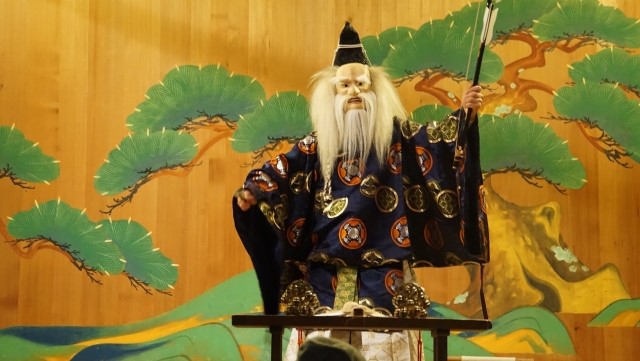
Noh masks are used by the actors who play the main characters, called Shite.
There are more than 200 different types of Noh masks, which can be classified according to gender, age, and whether they are human or not. At first glance, it appears to be expressionless. Still, it can express various emotions, such as cheerfulness (Teru) if it is slightly turned up and sadness and determination (Kumoru) if it is slightly down.
Costume
On the Noh stage, actors stand wearing gorgeous kimonos called Noh costumes.
Not only are different Noh costumes used for different roles, such as women, samurai, gods, yokai, etc., but also different ways of dressing the roles are sometimes used to express the differences in the roles. Some are only used for certain performances.
In addition to the gorgeous Noh costumes, the fan called Sensu is also an indispensable tool for Noh. Costume and Sensu also have different patterns depending on the style of Noh.
Performers in Noh
The characters in Noh include the Shite (the main character), the Waki (the opposite player of the Shite), and the Tsure (the side role of the Shite and Waki). An instrumental musician called Hayashikata and a vocal musician called Jiutai are also seated on the stage. Each style has a strict division of labor system, and several styles have passed it down to the present through hereditary succession.
Shitekata
Shite (the main character), Shitetsure (side role of the Shite), Jiutai (vocal musician), etc. There are five styles: Kanze, Hosho, Konparu, Kongo, and Kita.
Wakikata
Waki (opposite player of Shite), Wakitsure (side role of Waki), etc. There’s a lot to explain in the first appearance, and they don’t wear Noh masks. There are three styles: Takayasu, Fukuou, and Shimogakarihosho.
Hayashikata
They are a performer in charge of instrumental music. There are four types of musical instruments: flute, Kozutsumi, Oozutsumi, and taiko, each of which has its own style of music and the division of labor system.
The current Nohgaku
Since it is a traditional performing art, it may have an image of being a little difficult to understand and familiar.
However, even beginners can enjoy the atmosphere of the place while appreciating it.
Modern Nohgaku brings to us the lives and ideas of the people of the past in a variety of ways.
Whether you are looking for a Noh play that allows you to use your imagination or a Kyogen play that allows you to enjoy the laughter of modern times, let’s find the play that suits you best.


